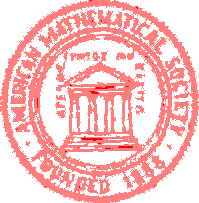Hardware and software for distributed and supercomputer systems
Research Article
Coloured petri nets and the language for distributed programming UPL: their comparison and translation
Arkady Valentinovich Klimov
| Institute for Design Problems in Microelectronics | |
 arkady.klimov@gmail.com arkady.klimov@gmail.com |
Abstract. Petri nets are widely used as a means of modeling distributed multi-agent systems. There are tools for working with extended Petri nets, in which tokens are loaded with arbitrary data. For example, CPN Tools allows you to describe, play and explore Colored Petri Nets (CPN). The question is raised about the possibility of using this tool for the development, prototyping and research of parallel distributed computing algorithms, ideally turning them into working efficient parallel programs. We have experience in experimental programming of various algorithms in the graphical data flow language UPL, which currently exists “on paper”. Its comparison with CPN shows that their semantics have a lot in common. In the article, both languages are defined, compared with examples and through the rules of translation from one to another. The means for defining distribution of computations (distribution functions) are also described. An interesting question is about their transfer to CPN, where they have no analogues yet. (In Russian).
Keywords: Petri nets, Coloured Petri Nets, parallel programming, dataflow computation model, algorithm graph, visual programming, UPL language, distribution function
MSC-2020 68N15, 68N19; 97P40
68N15, 68N19; 97P40
Acknowledgments: The work is supported by Institute for Design Problems in Microelectronics
For citation: Arkady V. Klimov. Coloured petri nets and the language for distributed programming UPL: their comparison and translation. Program Systems: Theory and Applications, 2023, 14:4, pp. 91–122. (In Russ.). https://psta.psiras.ru/2023/4_91-122.
Full text of article (PDF): https://psta.psiras.ru/read/psta2023_4_91-122.pdf.
The article was submitted 24.10.2023; approved after reviewing 26.11.2023; accepted for publication 26.11.2023; published online 14.12.2023.


